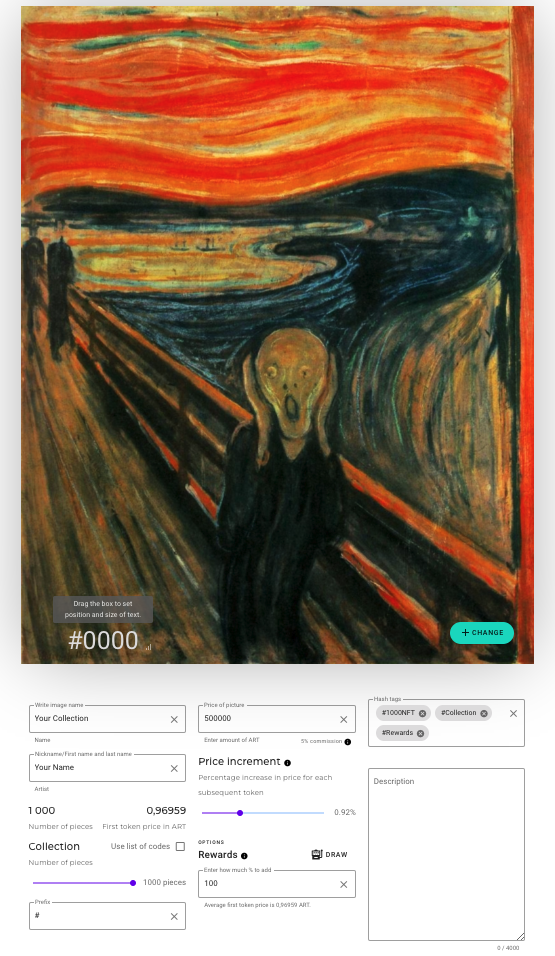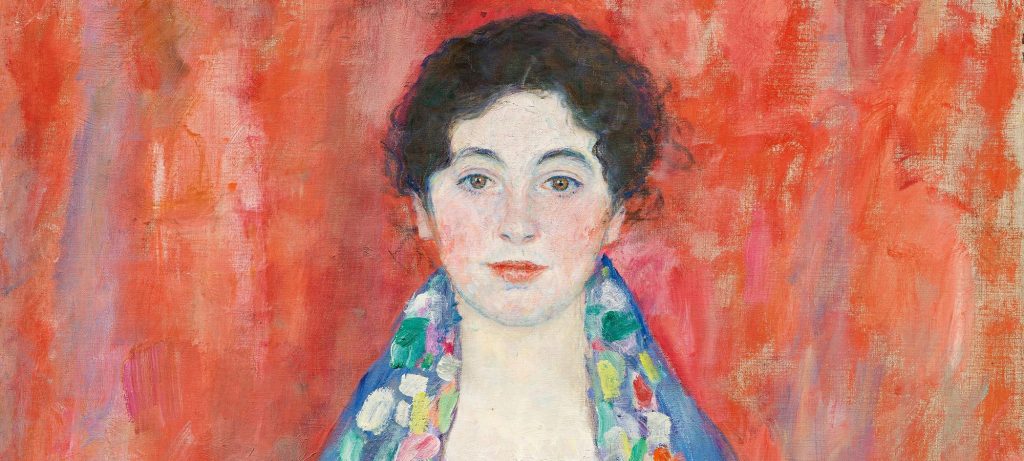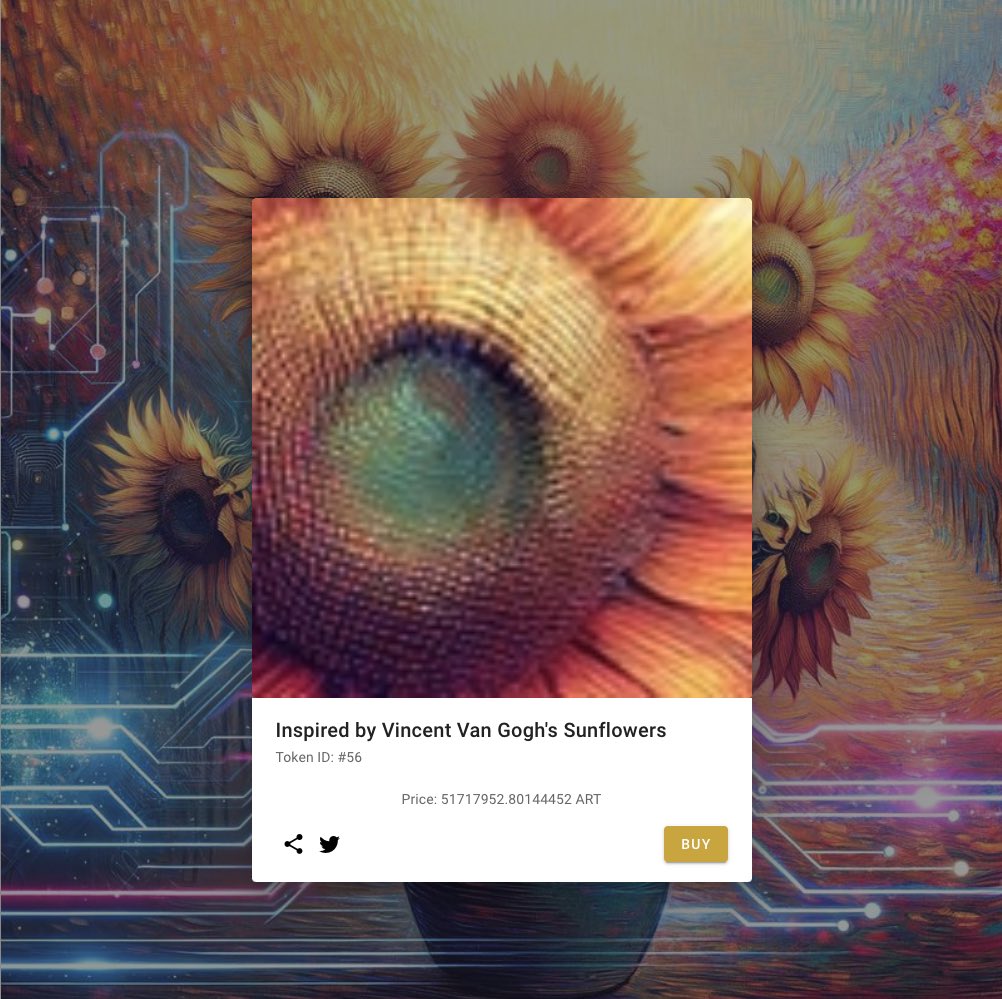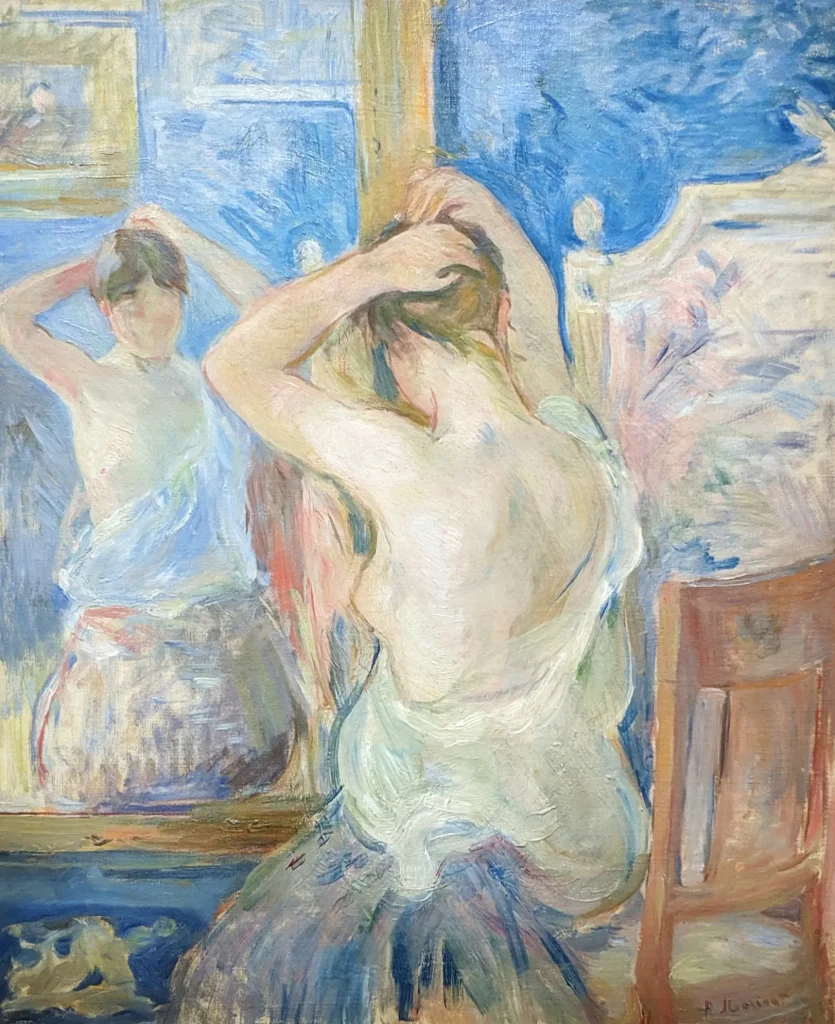Introduction to Edvard Munch and His Iconic Creation
Edvard Munch, the Norwegian painter and printmaker, was a pioneer in the Expressionist movement. His seminal work, “The Scream,” painted in 1893, is a profound narrative of human emotion, capturing an intense feeling of existential dread. This painting, characterized by a haunting figure against a blood-red sky, has not only become a universal symbol for anxiety and uncertainty but also a critical piece of modern art history.
The Transformation of “The Scream” into NFTs
In the digital age, the concept of art ownership and interaction has evolved dramatically, with groundbreaking technologies like blockchain reshaping how art is bought, sold, and perceived. “The Scream” by Edvard Munch has entered this new era through its transformation into NFTs (Non-Fungible Tokens). This adaptation has introduced a novel way for art enthusiasts around the world to engage with Munch’s work.
Breaking Traditional Barriers
The transition of “The Scream” into 100 separate NFTs challenges the conventional boundaries of art collection. Traditionally, masterpieces such as this were confined to the walls of museums or private collections, accessible only to a select few. However, by leveraging blockchain technology, “The Scream” has been made available in digital form, divided into pieces that allow individuals to own a part of this historic work. This approach democratizes art ownership. Making it possible for anyone with an internet connection to invest in and own a piece of Edvard Munch’s legacy.
The Role of Blockchain in Democratizing Art
Blockchain technology is pivotal in the digital representation of “The Scream.” Each NFT associated with the artwork is a unique digital token that represents ownership of a specific segment of the painting. Blockchain ensures the authenticity and uniqueness of each digital piece, providing a transparent and secure ledger of ownership. This technology not only preserves the integrity of Munch’s artwork in the digital realm but also offers a new level of accessibility and liquidity in the art market.

Cultural Impact of NFTs on Artistic Legacies
The NFT rendition of “The Scream” illustrates how digital technologies can breathe new life into classical artworks. It provides a bridge between traditional art enthusiasts and the digital generation, offering a fresh perspective on interaction with iconic works. This shift has profound implications for the cultural heritage sector. Suggesting a future where digital and physical realms coexist more seamlessly, enhancing the appreciation and understanding of art across diverse audiences.
Edvard Munch’s Legacy in the Era of Digitalization
As we delve deeper into the 21st century, the relevance of artworks like “The Scream” is continually revitalized through digital technology. Edvard Munch’s exploration of deep psychological themes is now being echoed in the digital art space, where NFTs bring a new dimension to engaging with art. This transition not only extends the reach of Munch’s work but also ensures its preservation and continued relevance in a rapidly changing world.
The Future of Art in the Age of NFTs
The case of “The Scream” as NFTs is a testament to the transformative power of technology in the arts. It marks a significant shift in how art is consumed and collected, heralding a new era where digital ownership and participation in the arts are central. For artists, collectors, and enthusiasts, the rise of NFTs represents a dynamic and expansive future for the art world.
Conclusion: Embracing New Realities
The digitization of “The Scream” into NFTs by Edvard Munch is not just a technical novelty but a continuation of the artwork’s legacy as a mirror to societal emotions and fears. In this digital age, Munch’s work continues to provoke thought, evoke emotion, and now, invites global participation and ownership. As we look forward, the integration of art and technology through NFTs is set to redefine cultural engagement, making art more accessible and interactive than ever before.
In summary, as “The Scream” transitions into the realm of NFTs, it challenges traditional notions of art ownership and engagement. Inviting a global audience to experience Edvard Munch’s genius in a new and innovative way. This move not only preserves the cultural significance of Munch’s work but also enhances its accessibility and relevance in today’s digital-first world.




























